From gold coins and bejeweled crowns to Viking silver, these are the world’s most valuable treasures ever discovered.
People find long lost treasure in many surprising places. Sometimes, treasure hunters spend their lives hunting in a particular area, while other times, random citizens stumble upon ancient artifacts worth millions.
Check out this list of surprising hoards and trinkets buried deep underground or lost at the bottom of the sea.
The Staffordshire Hoard

The Staffordshire Hoard contained swords, helmets, and other extremely high-quality items from medieval times.
©CC BY 2.0 - License
Consisting of 11 pounds of gold and silver, the Staffordshire Hoard is the most significant find of Anglo-Saxon treasure. These early medieval artifacts were likely manufactured around the 6th and 7th centuries and included 4,600 religious and military objects and fragments. In 2009, a member of a metal detecting club found hundreds of gold items in farmland near Staffordshire, England. Once the archeology team took over, they found thousands more within a 30 by 43-foot area. It’s unknown who the hoard belonged to, but the items are now on display at the Birmingham Museum.
The San Jose Galleon
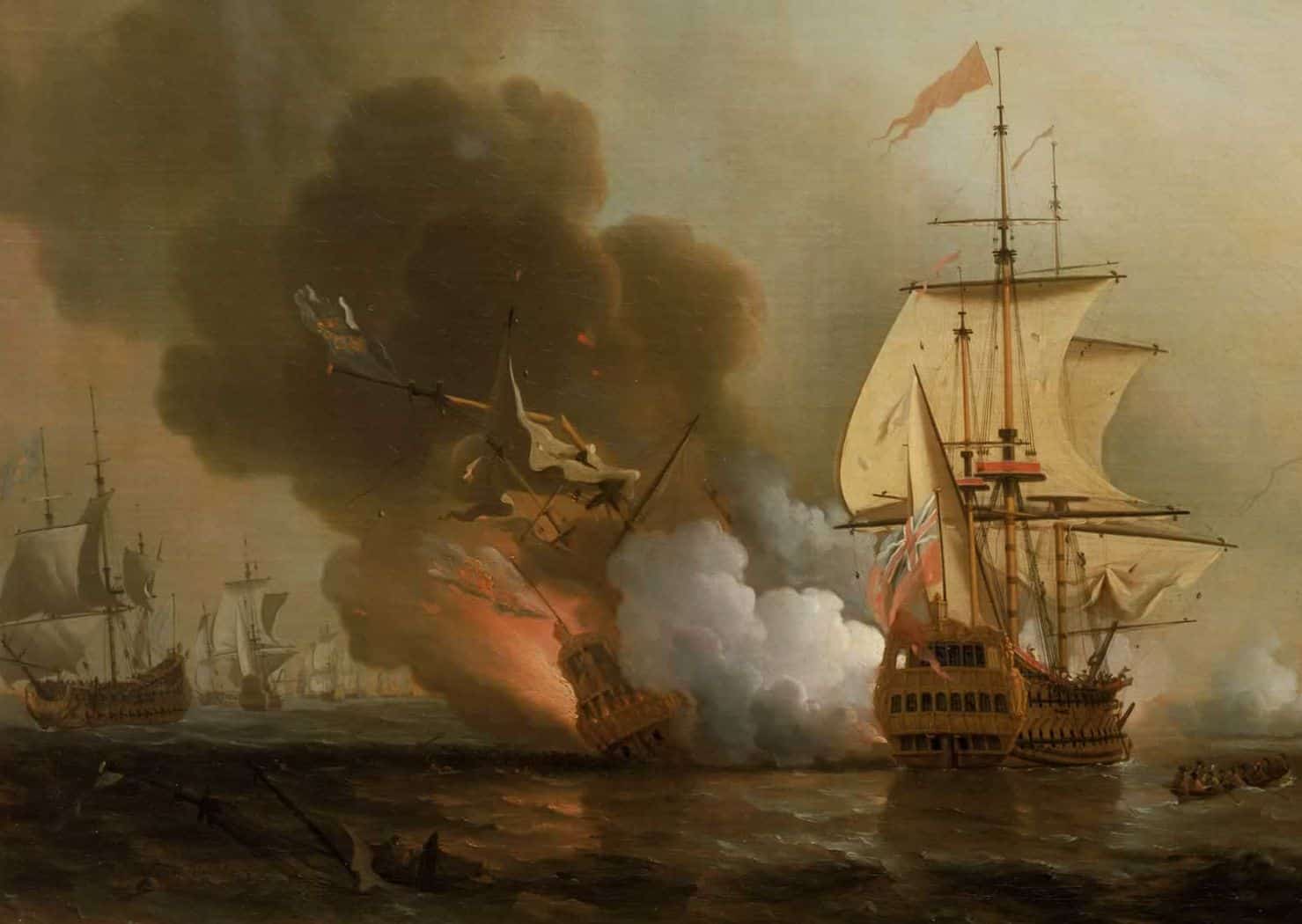
The newly found San Jose wreckage has created a decades-long drama over the rights of the treasure.
©CC BY-SA 3.0 - License
The San Jose was a ship of the Spanish Armada when it first sailed in 1698. After a harrowing battle in 1708, the galleon sank near Cartagena, Colombia. But the story is even more interesting due to the $17 billion worth of gold, emeralds, and silver on board. While an oceanographic institution found the wreckage in 2015, the buried treasure remains under the ocean’s surface. However, the Colombian government has plans to bring the lost ship and its contents ashore to assess the goods and possibly bring them to auction.
Le Catillion II (Grouville Hoard)
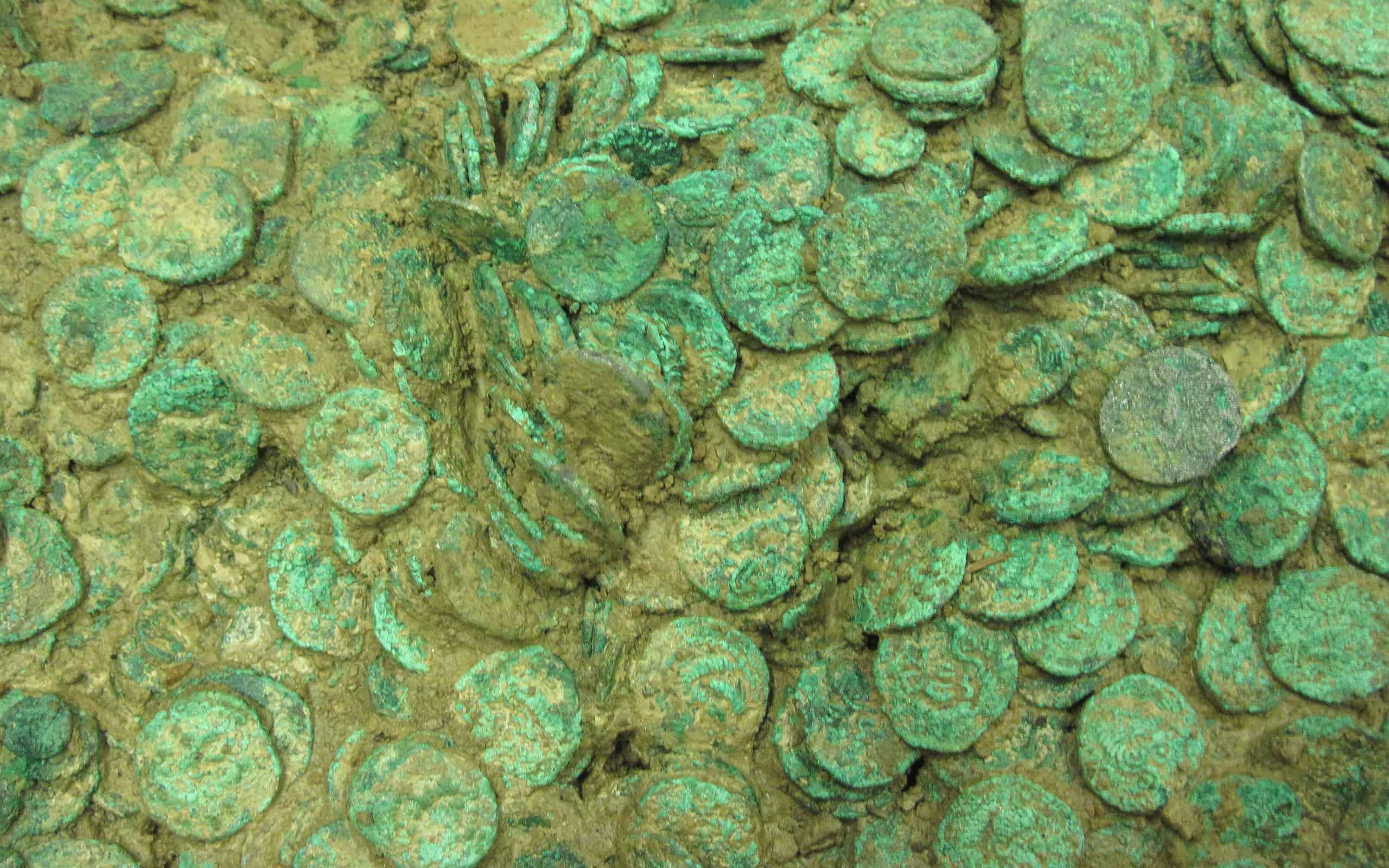
It took metal detectorists 30 years to locate the Grouville Hoard.
Metal detectorists stumbled upon 70,000 Roman and Iron Age coins in 2012 when exploring Jersey Island’s east side in the Channel Islands. It’s unknown exactly where they came from or who owned them, but some believe the coins belonged to a Gallic tribe that may have deposited them while fleeing Julius Caesar’s troops around 60 BC. Along with numerous silver coins, the hoard contained glass beads, gold sheets, silver wire, and gold neck rings.
Black Swan Project

While most of the coins were recovered from the Spanish frigate, it is possible some artifacts were from other nearby shipwrecks.
©CC BY-SA 4.0 - License
Sunk by the British Royal Navy in 1804, the Spanish frigate carried many silver and gold coins now worth $500 million. The Odyssey Marine Exploration discovered the treasure and named the recovery “Black Swan Project.” However, the Spanish government sued the American company and ordered them to return the treasure after they kept the hoard a secret.
Read this next and discover the most valuable shipwrecks yet to be discovered!
St. Albans Hoard

The solidi date back to the 4th century AD.
©CC BY-SA 2.0 - License
The St. Albans Hoard is one of the largest gold coin finds in Britain. A beginner metal detectorist found a significant stash of Roman gold coins near Hertfordshire, England. Nearly 160 solidi, highly pure gold coins from the Late Roman Empire dating to the 4th century AD, were found in the English field. The coins’ owner likely buried them to protect their wealth or for religious reasons. People often used Solidi to make expensive purchases, such as land or bulk goods.
The Panagyurishte Treasure

The Panagyurishte Treasure was likely a royal ceremonial set for an ancient Thracian king.
©CC BY 2.0 - License
Discovered in Panagyurishte, a small town in Southern Bulgaria, this unique treasure belonged to the Thracians, an ancient Southeast European people. The items discovered include bowls, containers, and wine jugs made from 24-karat gold. Three brothers discovered the hoard accidentally in 1949, and it was one of the most valuable treasures unearthed in Europe during its time. Today, visitors can find these golden goods on display at several museums in Bulgaria and occasionally on tour abroad.
Hoxne Hoard
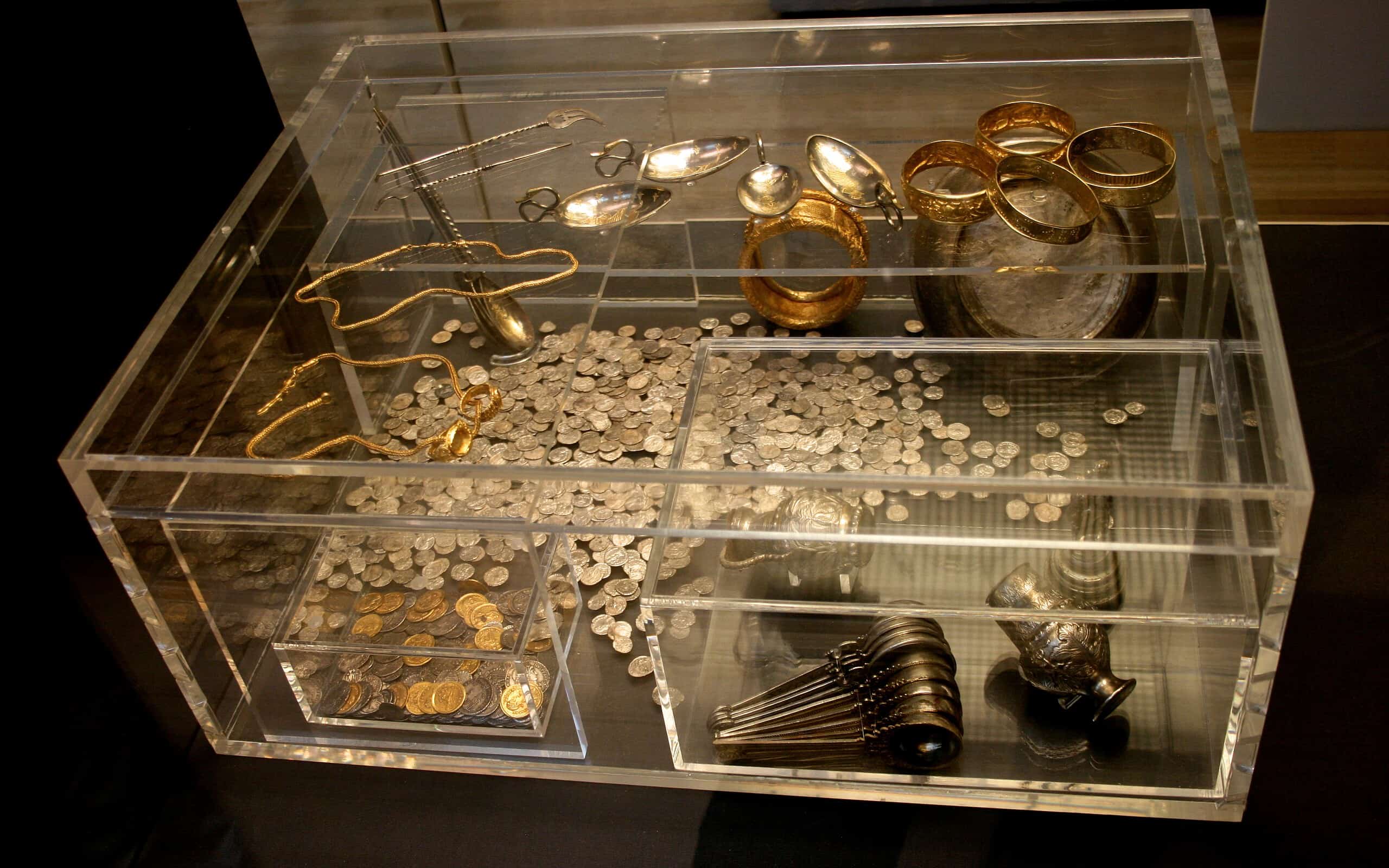
Containing 60 pounds of gold and silver, the Hoxne Hoard is one of the most valuable treasures ever discovered.
©CC BY-SA 4.0 - License
The Hoxne Hoard is officially the most significant treasure hoard found in Britain. A metal detectorist sought to find a lost hammer on a farm but uncovered 60 pounds of gold and silver. What a find! The objects included more than 15,000 Roman coins, hundreds of gold objects, and numerous silver spoons. The treasure sat buried beneath the surface since the separation of Britain from the Roman Empire around 408 AD.
The Titanic
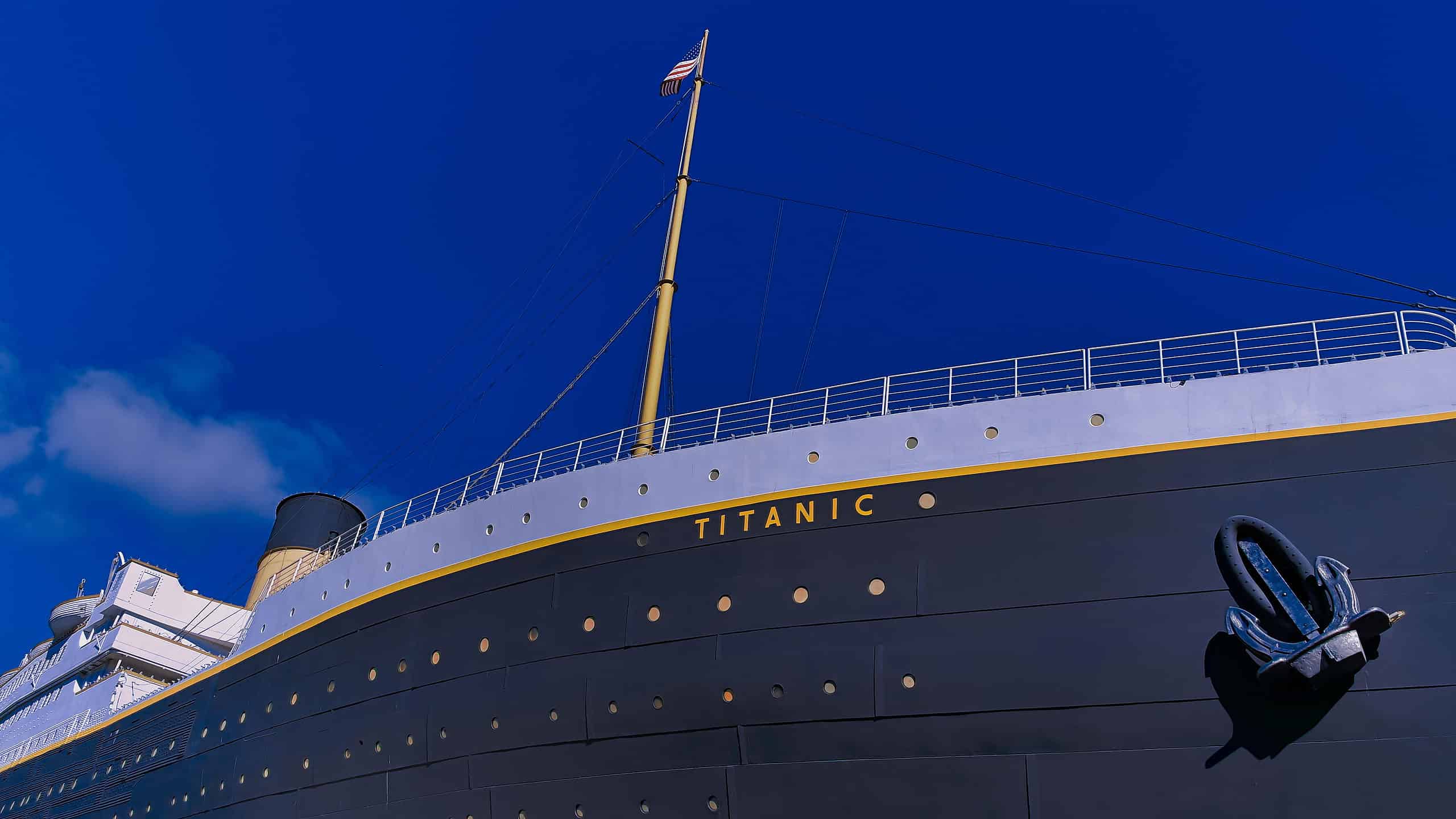
A recent voyage to the Titanic wreckage uncovered a valuable
megalodon
tooth necklace.
©Nan Fry / Flickr - License
The Titanic is one of the most famous shipwrecks of all time. The giant ship collided with an iceberg on April 14, 1912, and claimed the lives of 1,500 passengers. Along with valuable items recovered from the wreck, objects like a withered first-class menu sold at auction for over $100,000. Some of the most expensive items include a violin played during the sinking ($1.4 million), various jewels ($200 million), and a megalodon tooth necklace (yet to be priced).
The Cuerdale Hoard

It’s unknown if the Vikings buried the treasure or if the hoard was a gift to persecuted English churches.
©CC BY-SA 3.0 - License
If you’ve ever wondered if Viking treasure exists, you will be pleasantly surprised by the Cuerdale Hoard. A group of workers found a lead box near a river embankment near Lancashire, England, and its contents included 8,600 silver items. The Cuerdale is one of the largest Viking hoards and contains coins, Carolingian jewelry, ingots, and hack silver. The Vikings (or other possible owners) likely buried the silver between 903 and 910, shortly after they left Dublin in 902.
The Sroda Treasure

The Sroda Treasure likely sat untouched since the 1330s.
©CC BY-SA 4.0 - License
Discovered in the mid-1980s in a historic Polish town, the Sroda Treasure is an impressive hoard of royal regalia containing precious stones. Demolition work led to the discovery of gold and silver coins, which eventually led to the discovery of royal jewelry, such as gold crowns and clasps. While there is some speculation about the proper owner, most historians agree that King Charles IV of the House of Luxembourg is the rightful owner.
Saddle Ridge Hoard

The Saddle Ridge Hoard consisted of eight rusty cans filled with over 1,400 gold coins.
©CC BY-SA 3.0 - License
Unearthed in the Shasta Cascade region of Northern California, the Saddle Ridge Hoard is a stash of Gold Rush coins from the mid to late 1800s. A couple walking their dog noticed the top of a rusty can, where the coins lay buried in the dirt. While the gold coins were only worth around $27,000 during their time, they now have a value of $10 million. This hoard is the largest gold coin treasure recovered in the United States.
Caesarea Sunken Treasure

The earliest coin found in the hoard dates back to the 9th century.
©CC BY 2.5 - License
Located on the sea floor of an ancient harbor, a significant hoard of gold coins is one of the largest in Israel. Divers found the sunken treasure in Caesarea National Park, totaling nearly 2,000 coins. There is speculation about where the gold came from. The most likely theory is that a treasury boat headed to Egypt sank with the possession of collected taxes. Despite its existence on the seabed for a thousand years, the treasure is in excellent condition.
Bactrian Gold
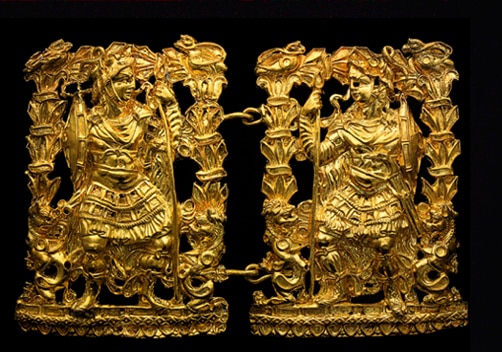
A Soviet-Afghan team excavated the buried treasure in 1978.
©CC BY-SA 3.0 - License
The Bactrian Gold Hoard is an impressive collection of coins, ornaments, and other items made of silver, gold, and ivory. The Yuezhi, an ancient Chinese people, were likely owners of the treasure, including coins dating back to 20 BCE. Archeologists uncovered the hoard in six burial mounds of one male and five females in Northern Afghanistan. Along with the ancient coins, there were also necklaces, belts, a crown, and medallions.
The photo featured at the top of this post is © CC BY 2.0 – License / Original
Thank you for reading! Have some feedback for us? Contact the AZ Animals editorial team.






